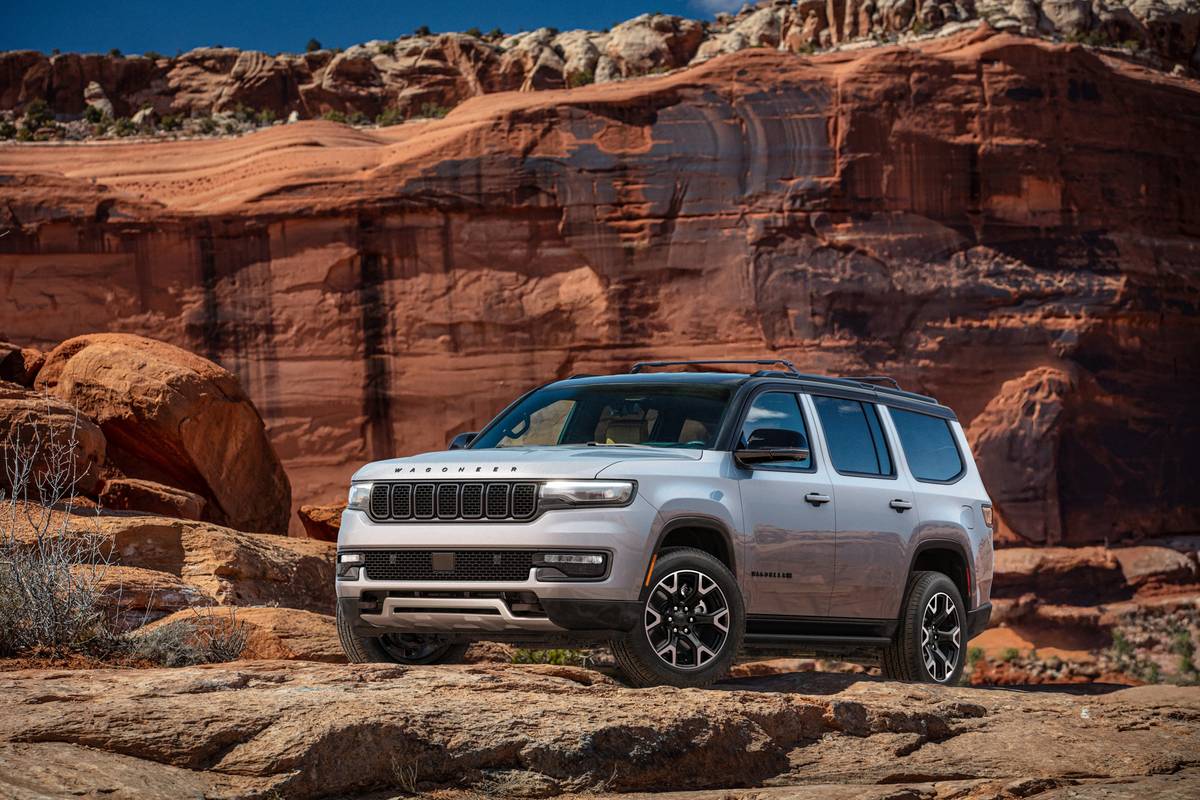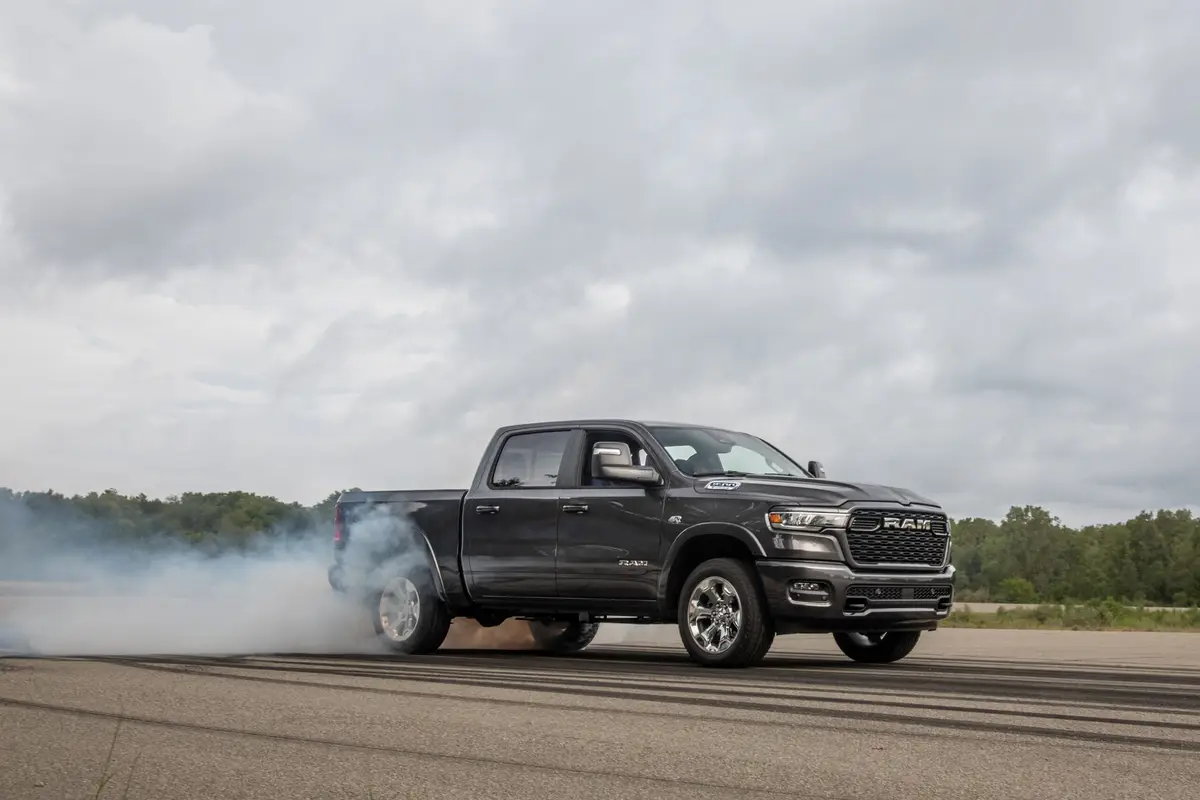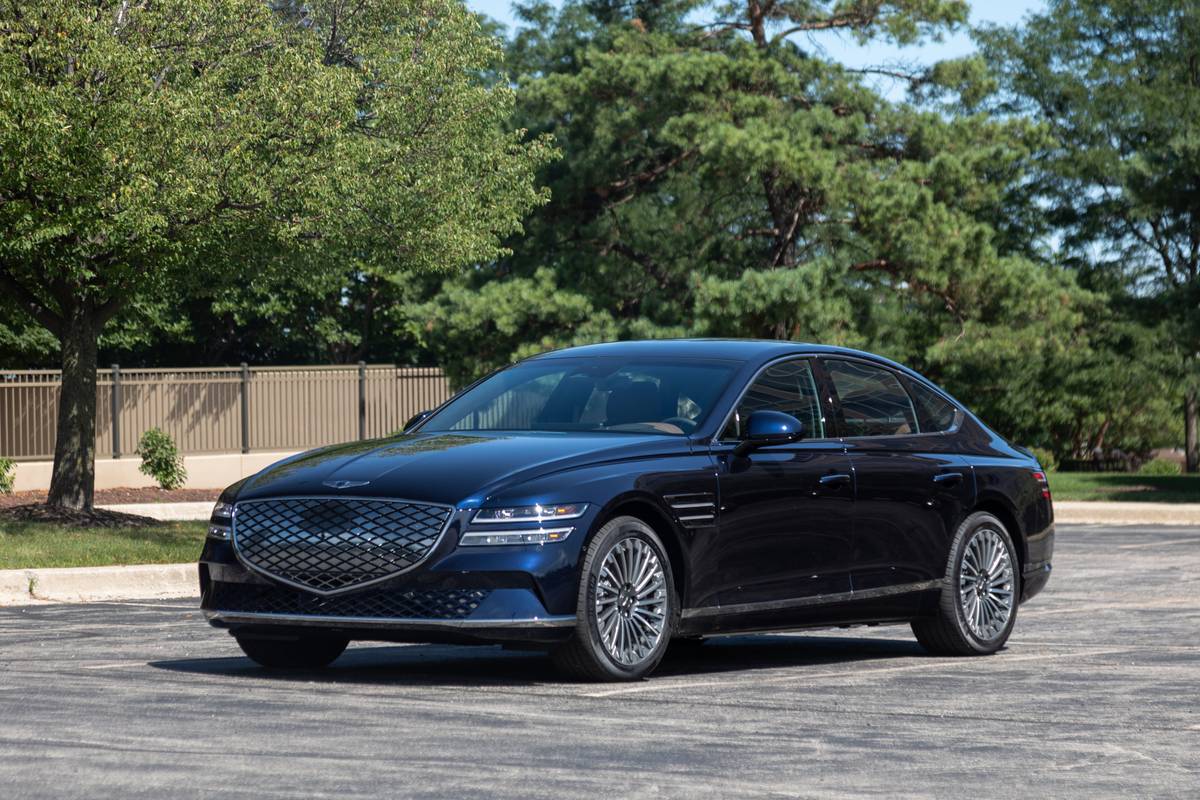Boston.com's view
Your new car is loaded with comfort, elegance, and safety: a tilting, telescoping steering wheel, heated leather seats, power controls for almost all key functions. It also has ABS; air bags front and rear, including curtain air bags; and traction and stability controls. It is spacious, smoothly powerful, and has an AM/FM/CD/MP3 sound system.
You had to have paid over $40,000 for this ride, right? Lower. OK, $30,000? Lower. Try $22,985, for what is arguably the most complete midsize sedan on the market at this price. And did I mention the 100,000-mile, 10-year powertrain warranty?
The car may be a bit heavy at 3,500 pounds. Gas mileage doesn’t reach 25 m.p.g. But the 2006 Hyundai Sonata LX with a V-6 engine is a fantastic ride at this price. Add a sunroof and upgraded sound system for around $1,500, and you’re riding top of the line.
This is the car with which Hyundai, which is introducing seven new cars by the end of 2006, hopes to take on the Toyota Camry, Honda Accord, Nissan Altima, and Ford Fusion.
Let’s start with the nondescript: the Hyundai’s exterior. Nothing going on here to make you target its brand. It’s a bit of an amalgam. I see a Volvo bulge in the hood, Audi headlamps, a BMW 3 Series profile, the chopped rear deck of a Honda Accord.
Of course, no one ever says, ”Oh look, honey, there’s the new Camry,” and that car seems to have worked out just fine for Toyota.
In parking lots, the curious can glimpse the leather interior and the two-tone dash bisected by a gleaming faux-wood strip. They can marvel at the audio-over-climate center stack of controls and notice that real buttons perform basic functions. They might note how high the seat sits, how much legroom there is in the forward wells, and how much space there is in the rear.
Many features are standard on this car — and many of them, particularly the safety features, are standard on the ”downscale” GL model, with its 162-horsepower, 2.4-liter engine and five-speed manual transmission. Many cost extra on competitors’ cars in this class, if they offer them at all.
But the glimpses and the list will not tell them how this car feels on the road: stable, stable, stable.
There’s a touch of understeer, but less than you get on most front-wheel-drive cars. There can be a bit of chatter through the steering wheel on rough roads during hard cornering.
And yes, it can feel heavy at launch or in hard corners. And yet, it absolutely sits flat, with only a hint of body roll. In hard braking, there is no significant dive. And even a tap of the brakes at high speed, with a quick foot back on the gas (we do this driving in traffic, folks) does not induce the porpoising that afflicts some cars.
Instead, you ride in stable, quiet comfort. The highway cruise is limo-like. The comfort owes to broad leather seats with firm bases with stiff backs. (I seem to recall crawling out of Hyundais of old with numb thighs.)
Hyundai has also chosen to follow the example set by Volkswagen in this price range by providing a touch-friendly if not flamboyant interior.
The V-6 engine seems redlined a bit low for an Asian brand, 6,000 rpms. But the five-speed automatic handles the limits relatively well, shifting up near top rpms with the pedal depressed, downshifting a bit late when I let off the gas to approach a corner, precisely the time I’d like the lower gear for better road feel and control. Of course it does come with a manual option on the automatic transmission. And, lo and behold, it is a manual that acts like one, letting you wind the engine to max before you upshift, and leaving the downshifting, even at high rpms, to you.
Hyundai is on a mission: Sell better cars, more types, at more dealerships.
Last week, I told you after a short ride in the new Ford Fusion that it was a car to shop against the Asian top dogs. Today, I add the Hyundai Sonata to that list.
Latest news



